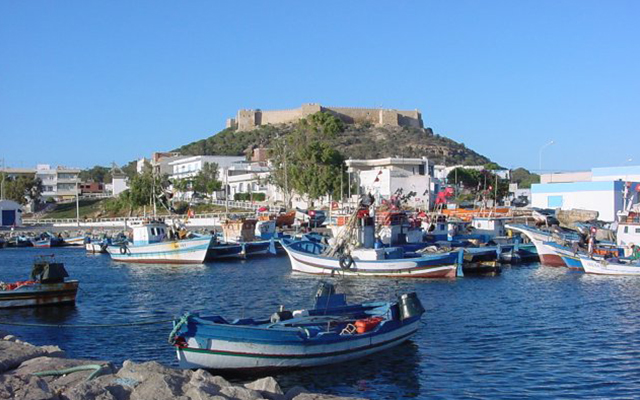
Cap Bon stretches roughly 150 kilometers from the northeast tip of Tunisia towards the Mediterranean. Its diverse landscape includes lush agricultural plains, rugged cliffs, sandy beaches, and crystal-clear waters. The region benefits from a mild Mediterranean climate, making it ideal for year-round visits.
El Haouaria Cliffs: Famous for their dramatic limestone formations and sea caves, El Haouaria is a hotspot for bird watchers and divers. The nearby caves offer excellent opportunities for exploration and photography.
Korba and Hammamet Beaches: Long stretches of golden sand and clear waters, perfect for swimming, sunbathing, and water sports.
Ichkeul National Park: Though slightly inland, this UNESCO World Heritage site is close enough to Cap Bon to be a popular day trip. It’s a vital wetland for migratory birds and offers rich biodiversity.
Often considered the cultural heart of the peninsula, Nabeul is famous for its traditional pottery and ceramics. The city hosts vibrant markets where artisans sell beautifully crafted ceramics, leather goods, and textiles. Visitors can explore local workshops to see pottery-making firsthand.
A charming fishing town known for its Kelibia Fortress, which overlooks the Mediterranean and offers panoramic views. Kelibia’s harbor bustles with fishing boats, and fresh seafood is a local specialty. The nearby beaches are peaceful spots for relaxation.
While technically on the southern edge of the peninsula, Hammamet is a renowned tourist destination. Known for its resorts, vibrant nightlife, and the historic medina, it combines modern comforts with cultural charm.
Cap Bon is dotted with historical sites that reflect its rich past, from Roman ruins to Ottoman forts.
Kelibia Fortress: Built in the 16th century, this fortress served as a defensive stronghold against pirates and invading forces. Its walls offer sweeping views of the sea and coastline.
Roman Ruins at Kerkouane: Located near Cap Bon, Kerkouane is a remarkably well-preserved ancient Punic city and a UNESCO World Heritage site, showcasing Tunisia’s Phoenician heritage.
The peninsula’s coastal location ensures a bounty of fresh seafood, often prepared with Tunisian spices and olive oil. Local markets abound with citrus fruits, olives, and fresh vegetables from the fertile lands, influencing the region’s flavorful cuisine.
Typical dishes include:
Grilled fish and seafood platters
Couscous with fresh vegetables and lamb
Brik (crispy pastry filled with egg and tuna)
Olive oil-based salads and mezze
Beach Activities: Swimming, snorkeling, and sailing along the peninsula’s clear Mediterranean waters.
Cultural Tours: Visit artisan workshops in Nabeul or explore historic sites like Kelibia Fortress.
Nature Walks: Hike along the El Haouaria cliffs or bird-watch at Ichkeul National Park.
Local Markets: Browse colorful souks for pottery, textiles, and local delicacies.
Getting There: Cap Bon is accessible by car or bus from Tunis (about 1.5 hours). The area is well-connected by road and offers easy access to various towns and beaches.
Best Time to Visit: Spring (March to June) and autumn (September to November) offer mild weather and fewer tourists.
Accommodation: From beach resorts in Hammamet to charming guesthouses in Kelibia and Nabeul, there’s a wide range of lodging options.
The Cap Bon Peninsula is a hidden gem in Tunisia that combines stunning natural landscapes, rich cultural heritage, and warm hospitality. Whether you’re seeking beach relaxation, historical exploration, or cultural immersion, Cap Bon offers a unique and memorable experience for all types of travelers.